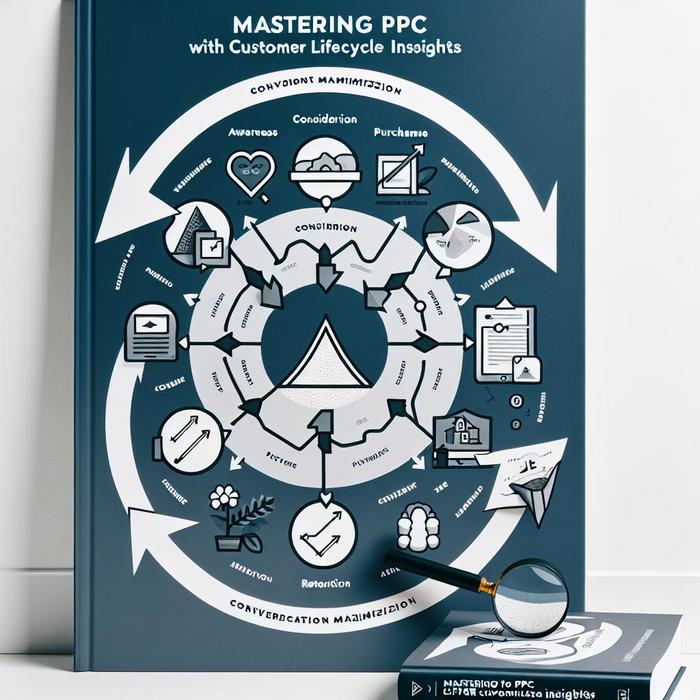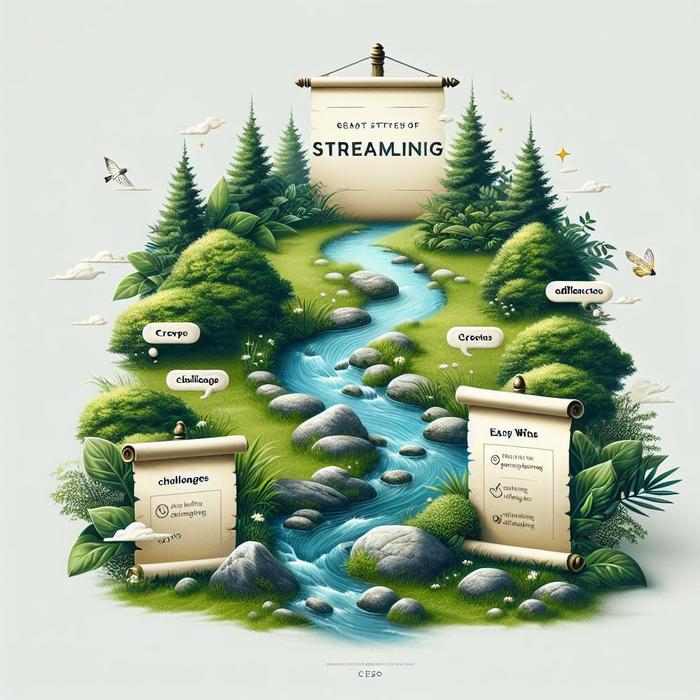Maximizing Marketing ROI: A Strategic Analysis of Digital Platforms
The yardstick of success often boils down to one key metric: return on investment (ROI). When marketing budgets stretch across multiple platforms, it’s essential to identify where every penny delivers the highest yield. In this evolving digital landscape, a strategy that marries cost-effectiveness with conversion optimization is what separates the winners from the rest. So, let’s dive into how this is accomplished on various platforms.
Google: A Case for Precision Targeting
Google has long been at the forefront of digital advertising, thanks to a robust ecosystem that extends from search to display to video. The secret to Google’s success lies in its focus on maximizing conversion value. Instead of simply chasing clicks or impressions, successful campaigns on this platform are built around achieving the most beneficial outcomes for your investment.
By assigning different values to different types of conversions, marketers can proactively optimize their campaigns. This approach ensures that ad spend is directed towards the actions that contribute the most to the bottom line. To see this approach in action, you can refer to this further reading on strategies for precision targeting in digital campaigns.
The Power of Meta’s Algorithm-driven Campaigns
Meta, formerly Facebook, offers a different flavor of optimization that revolves around its algorithm-driven advertising strategy. Meta’s approach allows marketers to define an objective and then uses machine learning to optimize bids towards achieving that goal.
This strategy is particularly effective in reaching audiences on a larger scale and driving meaningful engagement. However, to reap the full benefits, it’s essential to have a clear understanding of what success means for your business, as the algorithm follows your lead. If you wish to delve deeper into Meta’s approach, this article provides an excellent starting point.
TikTok: Harnessing the Power of Virality
TikTok is a relative newcomer to this list but represents a significant shift in how brands connect with their audience. The core of TikTok’s strategy lies in its unique blend of content and commerce. By leveraging the platform’s viral nature, marketers can reach a highly engaged audience and drive high-value actions.
TikTok’s optimization approach is built around understanding the value each action holds for your brand. This means not all conversions are created equal, and the challenge lies in defining what is most valuable to you. For a comprehensive guide on how to leverage this approach, check out this resource on leveraging TikTok’s value-based tools for brand growth.
A Comparative Look at PPC Strategies
Each of these platforms offers a unique way to optimize campaigns and extract the most value from your ad spend. However, the ultimate goal should be to understand how these strategies can work together. A well-rounded digital marketing plan will leverage the strengths of each platform, ensuring your brand reaches its audience effectively, irrespective of where they are online.
If you’re interested in delving deeper into how these PPC strategies can transform your marketing ROI, this detailed article is a must-read.
Whether your focus lies on Google, Meta, TikTok, or another platform, it’s evident that understanding the value of each conversion is key to maximizing your marketing ROI. As we move forward, this focus on actionable outcomes over mere impressions will continue to shape digital advertising.
Making the Most of Microsoft Advertising
Microsoft Advertising, beyond the radar of some marketers, already has considerable merit that plays an integral part. With its vast network reaching platforms like Bing and LinkedIn, it represents an ecosystem with a diverse and professional audience.
Much like Google, Microsoft Advertising also focuses on achieving the highest conversion value for your investment. Its versatile platform enables marketers to allocate resources judiciously based on weighted metrics that directly contribute to marketing goals. If you’re keen to explore how to fully harness the power of Microsoft Advertising, here’s a valuable resource that provides a thorough understanding of its potential.
Strategies for Snap Ads: Captivating the Millennials
Snapchat, a platform known for its millennial and Gen Z-targeted content, also offers dynamic optimization opportunities. Like TikTok, Snapchat employs a content-meets-commerce model but is unique with its focus on ephemeral content.
At Snapchat’s heart lies systems that value each action. By assigning worth to engagement metrics such as opens, swipes, or sign-ups, brands can direct their efforts towards metrics that directly correlate to their key objectives. For a comprehensive insight into Snapchat’s optimization strategies, here’s a link to an article that lays out the details.
Aiming High with Amazon Ads
Amazon offers another compelling platform for strategic optimization, boasting of an ecosystem where consumers are already immersed in the purchasing mindset. Marketers using Amazon’s advertising suite can leverage the platform’s robust shopping data, focusing on strategies that bring significant conversion values.
Amazon’s optimization solutions are unique, where insights fetched from vast repositories of shoppers’ data are utilized to drive high-value conversions.
Pinterest’s Potential: Crafting Visual Narratives
Pinterest, a visual discovery engine, represents another dimension of digital advertising that caters to insightful visual narrative crafting. When optimized appropriately, Pinterest can construct compelling stories that resonate with audiences, stimulating meaningful engagement and significant conversions.
The winning strategy with Pinterest lies in decoding its algorithms to produce visually-rich content that aligns with your audience’s interests and drives substantial engagement. If your brand’s narrative hinges on aesthetics and visually appealing stories, this discussion thread offers valuable insights into enhancing performance on Pinterest.
Strategic Fusion: Harmonizing Multichannel Campaigns
While understanding these platforms individually is crucial, an integral part of digital marketing lies in synchronizing these channels. Vying for silo success might bring temporary wins, but assimilating these platforms into one holistic marketing strategy can usher in sustainable success.
Here’s a resource that can guide you on how merging these PPC strategies can propel overall marketing ROI. Irrespective of the platforms integrated into your marketing mix, discerning the worth of each action can aid in better resource allocation, ultimately leading to higher ROI.
An emphasis on engagements and their linked value, over bland impressions, allows businesses to foster stronger relationships with audiences. Empowered with a full understanding of these strategies, companies can make smarter ad spend decisions that catapult overall business growth.











